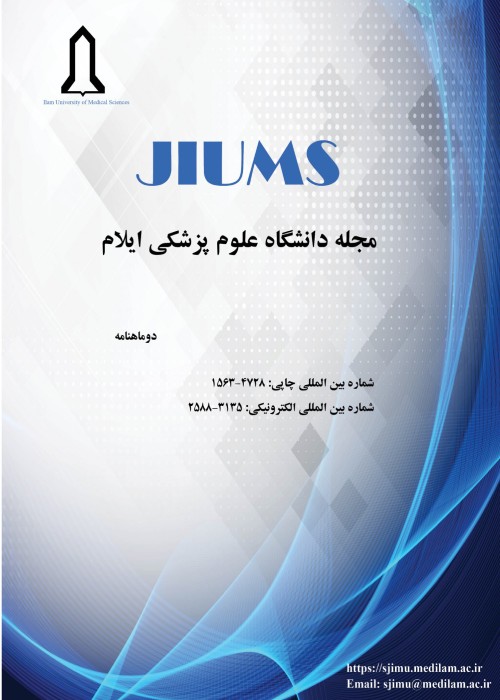Relationship of Bacteria Isolated from Antral Gastric Biopsy with the Incidence of Dyspepsia in Patients Referred to Mehrad and Labbafinejad Hospitals, Tehran, Iran, in 2018
This descriptive cross-sectional study examined the association between the presence of four non-Helicobacter-pylori bacterial species (e.g., Staphylococcus aureus, Lactobacillus acidophilus, Pseudomonas aeruginosa, and Streptococcus sanguis) and dyspepsia.
This study included a total of 100 antral biopsy samples isolated from dyspeptic (n=50) or non-dyspeptic (healthy control) (n=50) patients referred to Mehrad and Labafinejad Hospitals, Tehran, Iran, in 2018. Following that, the presence of Staphylococcus aureus, Lactobacillus acidophilus, Pseudomonas aeruginosa, and Streptococcus sanguis was investigated by PCR and using their respective primers, including nuc, PA431CF, iga, and 16s rRNA.
In this study, a total of 50 antral biopsies were isolated from patients with dyspepsia, and 50 antral biopsy specimens were isolated from individuals without dyspepsia during endoscopy. The mean age of the subjects was 48 years (age range: 16-80 years); moreover, the highest age group belonged to the group of 26-46 (24%) years, and the lowest age belonged to the group of 16-26 years (0.06%). The age ranges used in this study had a relatively good population distribution. According to the results of the PCR test, the prevalence rates of Staphylococcus aureus, Lactobacillus acidophilus, Pseudomonas aeruginosa, and Streptococcus sanguis in dyspeptic patients (n=50) were 23 (46%), 3 (6%), 42 (84%), and 0 (0 %), respectively. Moreover, the corresponding prevalence values were 19 (38%), 10 (20%), 45 (90%), and 2 (4%) among the non-dyspeptic control individuals. The presence of these bacteria showed no statistically significant association with the incidence of dyspepsia (P˃0.05).
Bacterial species living in this area can be highly diverse, and therefore, in addition to other epigenetic involved factors, the studying of other factors, such as environment, nutrition, lifestyle, and the host's genetic, will increase our understanding of the pathogenesis of this complex disorder
- حق عضویت دریافتی صرف حمایت از نشریات عضو و نگهداری، تکمیل و توسعه مگیران میشود.
- پرداخت حق اشتراک و دانلود مقالات اجازه بازنشر آن در سایر رسانههای چاپی و دیجیتال را به کاربر نمیدهد.


